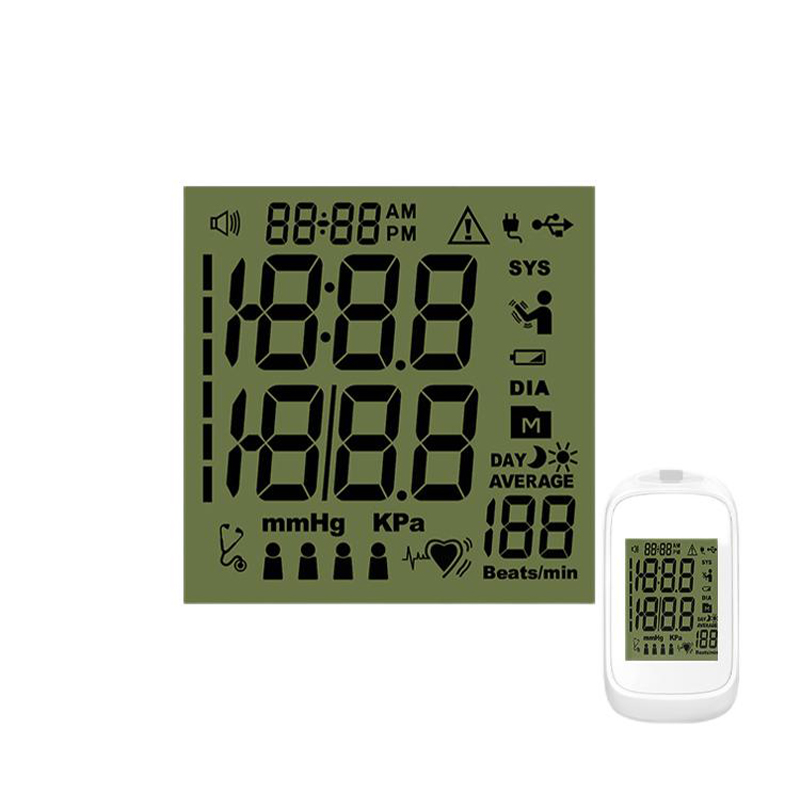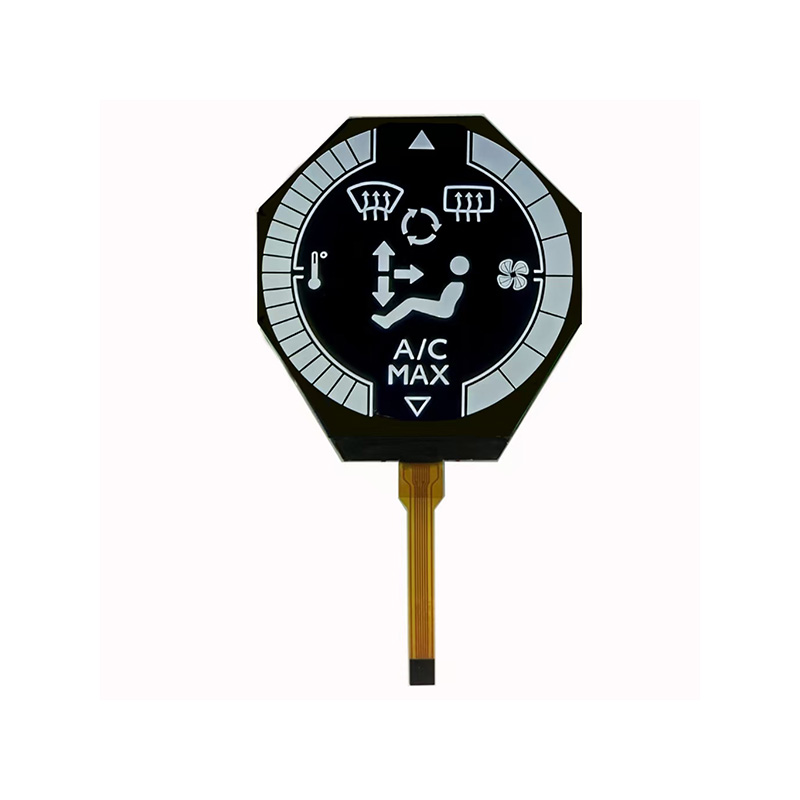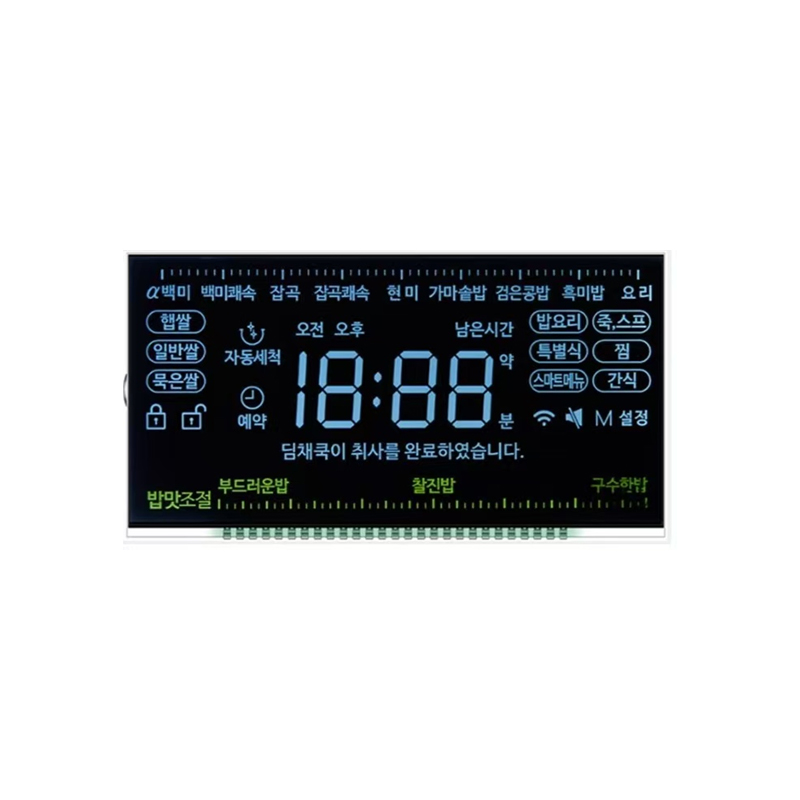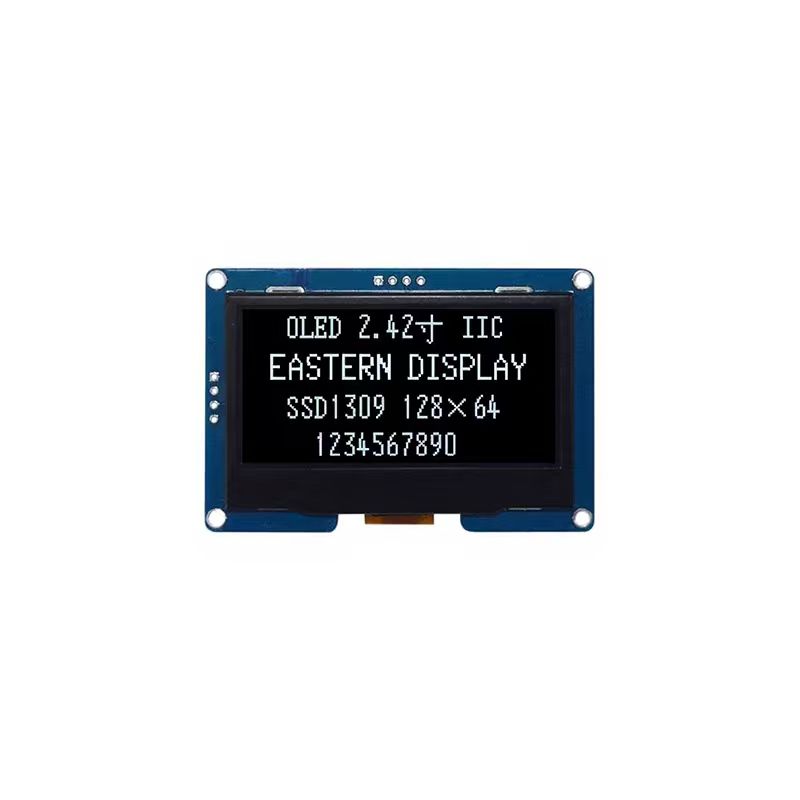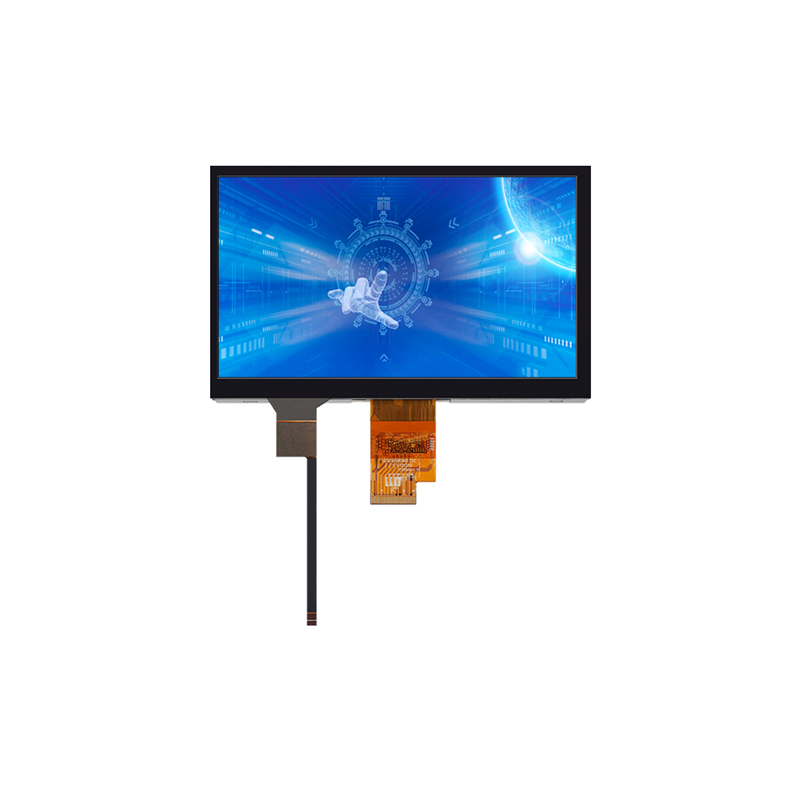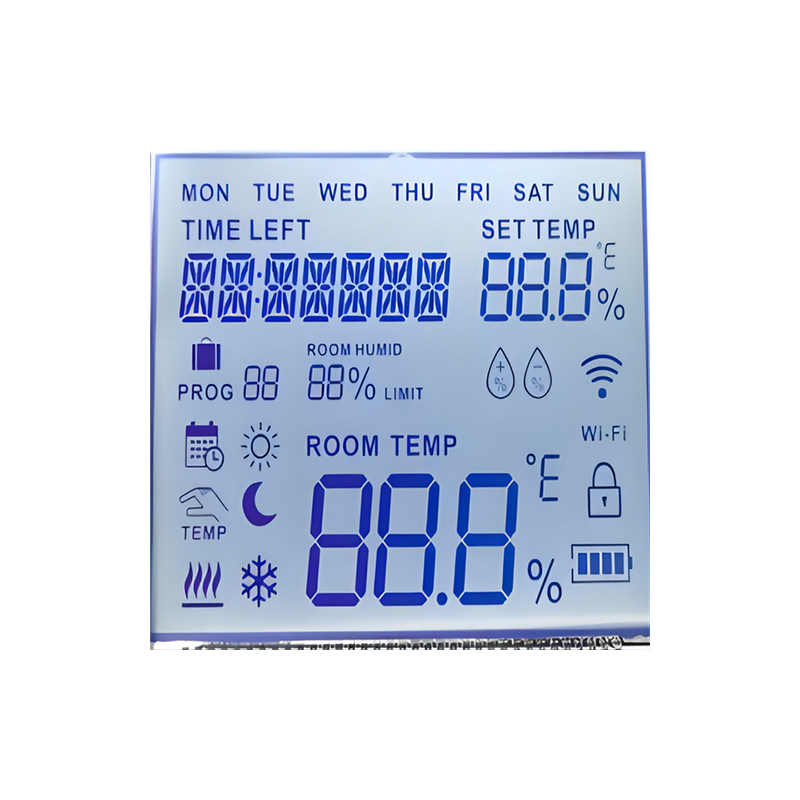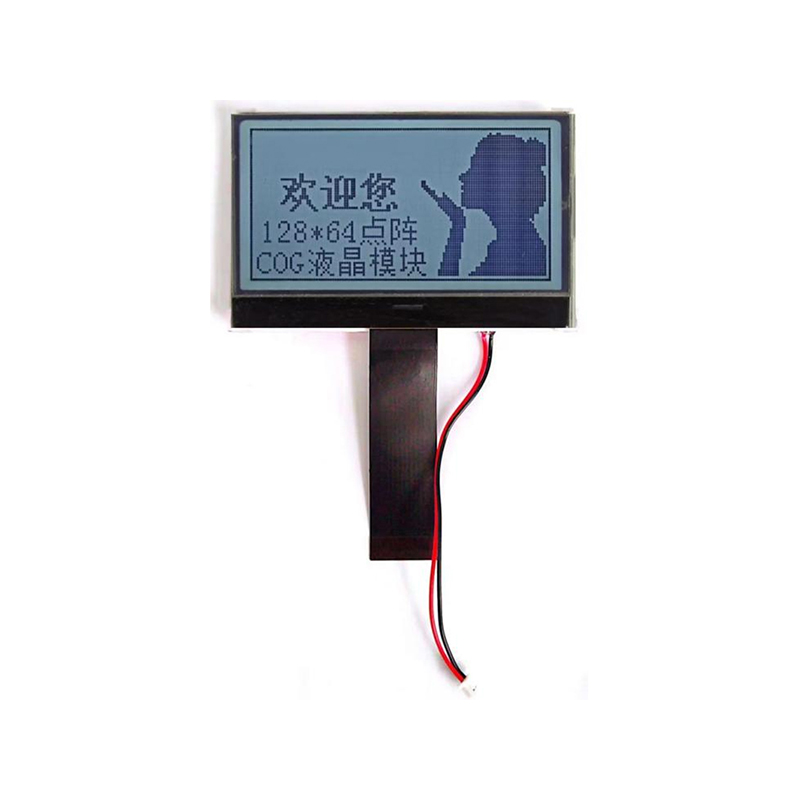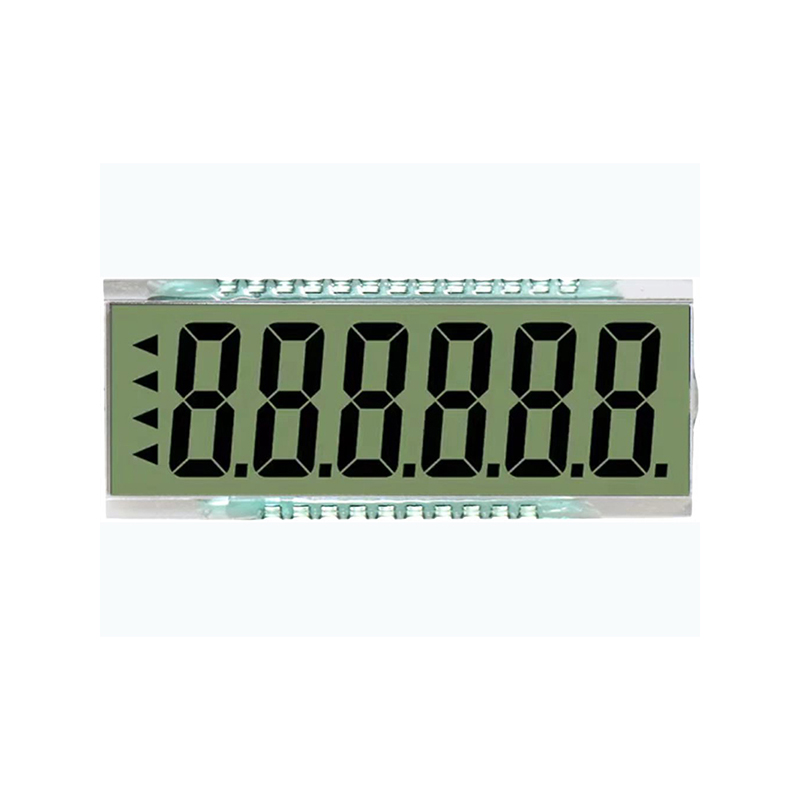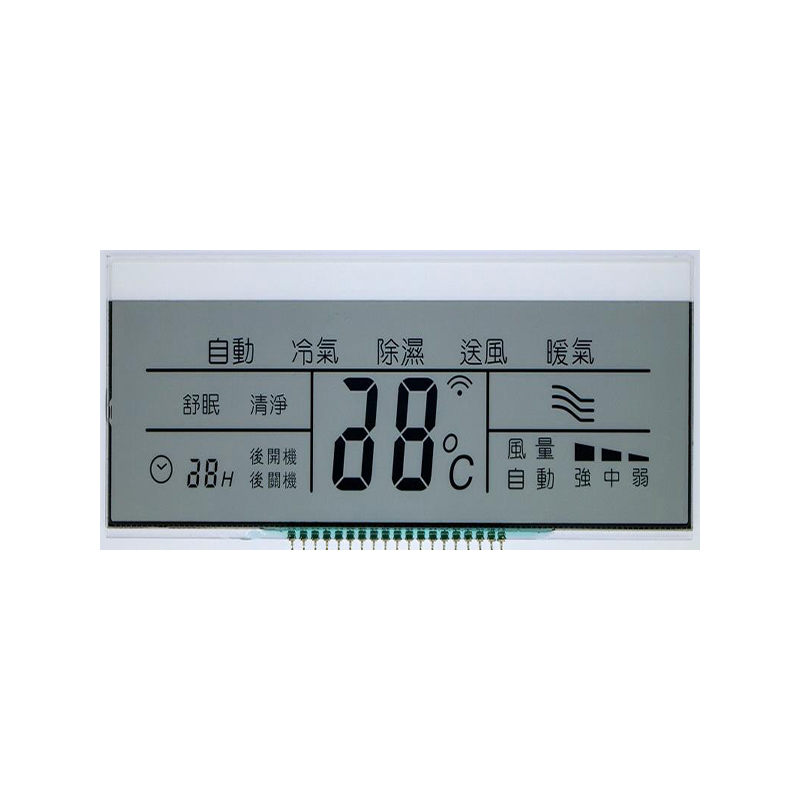
TFT LCD (Thin Film Transistor Liquid Crystal Display) is a flat-panel display technology widely used in various electronic devices. Unlike older LCD technologies, TFT LCD utilizes thin-film transistors (TFTs) to control the liquid crystal molecules individually. This allows for higher resolution, faster response times, and better image quality compared to passive-matrix LCDs. The technology works by manipulating the polarization of light passing through liquid crystals. Each pixel in a TFT LCD is controlled by its own TFT, enabling precise and independent control of each pixel's brightness and color.
These are placed on either side of the liquid crystal layer and are responsible for polarizing the incoming light. Polarizers only allow light waves vibrating in a specific direction to pass through. This is crucial for controlling the light that eventually reaches the viewer.
This layer contains liquid crystals, which are organic molecules that can change their orientation when an electric field is applied. The TFTs control the electric field applied to each pixel, thus manipulating the orientation of the liquid crystals and affecting how much light passes through.
A color filter array (CFA) is placed behind the liquid crystal layer. This array consists of red, green, and blue sub-pixels, creating the full color spectrum. The arrangement of these sub-pixels influences the display's resolution and color accuracy.
These tiny transistors are arranged in a matrix and control the voltage applied to each pixel of the TFT LCD. The TFTs act as switches, turning on or off the electric field for each pixel individually, enabling precise control of light transmission.
A backlight is crucial for illuminating the liquid crystals. Common backlight types include Cold Cathode Fluorescent Lamps (CCFLs) and Light Emitting Diodes (LEDs). LEDs are becoming increasingly popular due to their energy efficiency, longer lifespan, and improved color reproduction.
Various types of TFT LCD screens exist, differing in their characteristics and applications. Some key distinctions include:
| Type | Characteristics | Applications |
|---|---|---|
| IPS (In-Plane Switching) | Wide viewing angles, accurate color reproduction | Monitors, tablets, smartphones |
| TN (Twisted Nematic) | Faster response time, lower cost | Laptops, older monitors |
| VA (Vertical Alignment) | High contrast ratio, deep blacks | Televisions, monitors |
TFT LCD technology offers several advantages, including:
However, there are some drawbacks:
TFT LCD displays are ubiquitous, found in a wide range of devices, including:
While OLED and other display technologies are gaining popularity, TFT LCD technology continues to evolve. Advancements in backlight technology, such as mini-LED and micro-LED backlights, are improving efficiency, contrast, and color accuracy. Furthermore, ongoing research focuses on enhancing response times and reducing power consumption. For applications requiring large screen sizes and cost-effectiveness, TFT LCD is likely to remain a dominant player for the foreseeable future. For specialized applications requiring high performance, companies like Dalian Eastern Display Co., Ltd. are leading the innovation and development of advanced TFT LCD solutions.
For more information on high-quality TFT LCD solutions, consider exploring the offerings of Dalian Eastern Display Co., Ltd. They offer a wide range of customized solutions to meet diverse needs.

